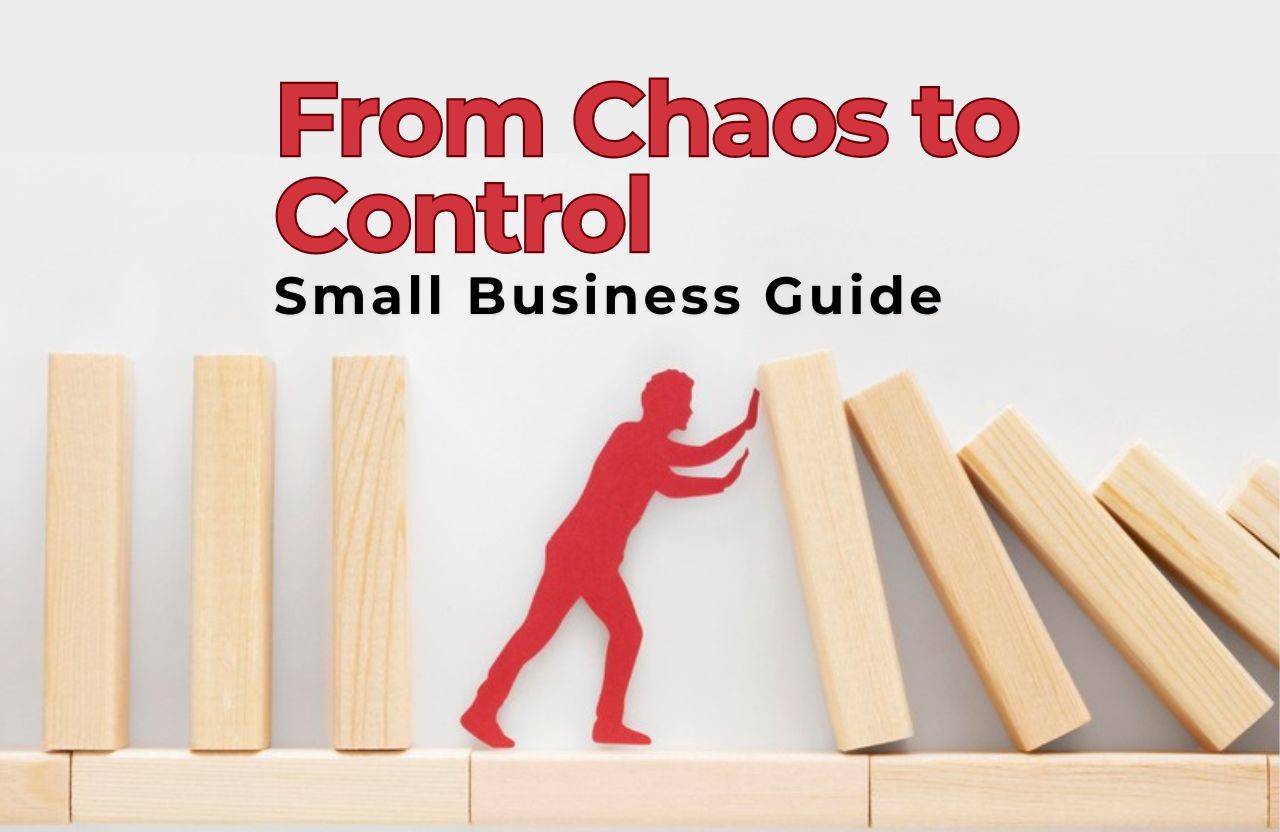The second-hand luxury market has experienced exponential growth in recent years, driven by a shift towards sustainable consumption and the rising demand for high-end goods at more accessible prices. According to a report by Bain & Company, the second-hand luxury market was valued at over $40 billion in 2022 and is projected to grow at an annual rate of 10-15% through 2030. However, this booming industry faces a significant challenge: ensuring authenticity and transparency. Enter Blockchain and Artificial Intelligence (AI)—two transformative technologies reshaping how buyers and sellers engage in the pre-owned luxury space.
The Transparency Challenge in the Second-Hand Luxury Market
Fraudulent items, lack of provenance, and inconsistent pricing have long plagued the second-hand luxury sector. The Global Brand Counterfeiting Report estimates that the luxury industry loses approximately $98 billion annually due to counterfeiting, with a significant portion impacting the second-hand market. Consumers often hesitate due to concerns about counterfeit products, while sellers struggle to prove the authenticity and value of their items. Transparency isn’t just about verifying authenticity; it’s also about building trust, ensuring ethical sourcing, and providing accurate product histories.
How Blockchain Is Transforming the Industry
- Immutable Provenance Tracking:
Blockchain’s decentralized ledger allows for secure, tamper-proof recording of an item’s history. Each luxury product can be assigned a digital certificate that tracks its journey from the original manufacturer to the current owner. This ensures that buyers have access to a verifiable chain of custody, reducing the risk of fraud. For instance, the adoption of blockchain technology has reduced counterfeiting incidents by up to 50% in pilot programs within luxury supply chains. - Authenticity Verification:
Brands and resale platforms can embed blockchain-based QR codes or NFC chips in products. Scanning these codes reveals detailed information about the item’s origin, previous ownership, and maintenance records, providing buyers with confidence in their purchases. Platforms like Vestiaire Collective and The RealReal have started integrating blockchain to enhance the verification process, leading to a 30% increase in customer trust and satisfaction. - Smart Contracts for Secure Transactions:
Smart contracts automate and secure transactions, ensuring that payment is only released when all conditions—such as authenticity verification—are met. This reduces the reliance on intermediaries and minimizes transaction risks. Research indicates that smart contract implementations can cut transaction costs by up to 20% compared to traditional escrow services.
The Role of AI in Enhancing Transparency
- Advanced Authentication Techniques:
AI-powered image recognition and machine learning algorithms can analyze minute details of luxury items, such as stitching patterns, logos, and materials, to detect counterfeits. These systems improve over time, becoming more adept at identifying even the most sophisticated fakes. For example, Entrupy’s AI authentication technology boasts an accuracy rate of over 99% when verifying luxury handbags and accessories. - Predictive Pricing Models:
AI algorithms analyze market trends, historical sales data, and product conditions to provide accurate pricing recommendations. This eliminates price manipulation and ensures fair market value for both buyers and sellers. Data from AI-powered platforms shows a 25% improvement in pricing accuracy, leading to faster sales and higher customer satisfaction. - Fraud Detection and Risk Assessment:
AI can detect suspicious activities by analyzing transaction patterns and user behaviors. This proactive approach helps prevent fraudulent listings and protects both consumers and platforms. Studies indicate that AI-driven fraud detection systems can reduce fraudulent transactions by up to 70% in online marketplaces.
The Synergy Between Blockchain and AI
While blockchain provides a secure and transparent record of an item’s history, AI enhances the accuracy and efficiency of verification processes. Together, they create a robust ecosystem where data integrity and intelligent analysis work hand in hand. For example, AI can quickly verify the authenticity of a luxury watch by analyzing microscopic details, while blockchain confirms its provenance and transaction history. This synergy leads to a comprehensive solution that significantly reduces the risk of counterfeit goods in the market.
Real-World Applications and Case Studies
- LVMH’s AURA Blockchain:
LVMH, along with Prada and Cartier, launched the AURA blockchain to authenticate luxury goods, offering customers transparency and traceability. Since its implementation, AURA has helped reduce counterfeit claims by 35% across participating brands. - Entrupy:
This AI-driven authentication service uses machine learning to verify the authenticity of luxury handbags and accessories with over 99% accuracy. Entrupy’s technology is used by major resale platforms, contributing to a 40% reduction in counterfeit disputes. - Chronicled:
Chronicled uses blockchain and AI to track and verify luxury goods across supply chains, ensuring authenticity from production to resale. Their solutions have led to a 60% decrease in fraud-related incidents within partnered businesses.
Challenges and Future Outlook
While blockchain and AI offer remarkable benefits, challenges remain. Implementing these technologies can be costly, and smaller businesses may struggle with the technical expertise required. Additionally, data privacy concerns and regulatory issues could pose hurdles. However, as technology advances and becomes more accessible, these barriers are expected to diminish.
The future of the second-hand luxury market lies in leveraging blockchain and AI not just as tools for verification, but as integral components of a transparent, secure, and trustworthy ecosystem. As these technologies evolve, we can anticipate even greater innovations, such as AI-driven predictive maintenance for luxury watches and blockchain-based sustainability tracking for ethically sourced materials.
Conclusion
The integration of blockchain and AI is revolutionizing the second-hand luxury market, addressing long-standing issues of authenticity, transparency, and trust. As these technologies continue to evolve, they will not only protect consumers and brands but also promote a more sustainable and ethical luxury economy. The future of the pre-owned luxury market is not just about what you buy—it’s about knowing the true story behind every item, backed by indisputable data and intelligent verification.













